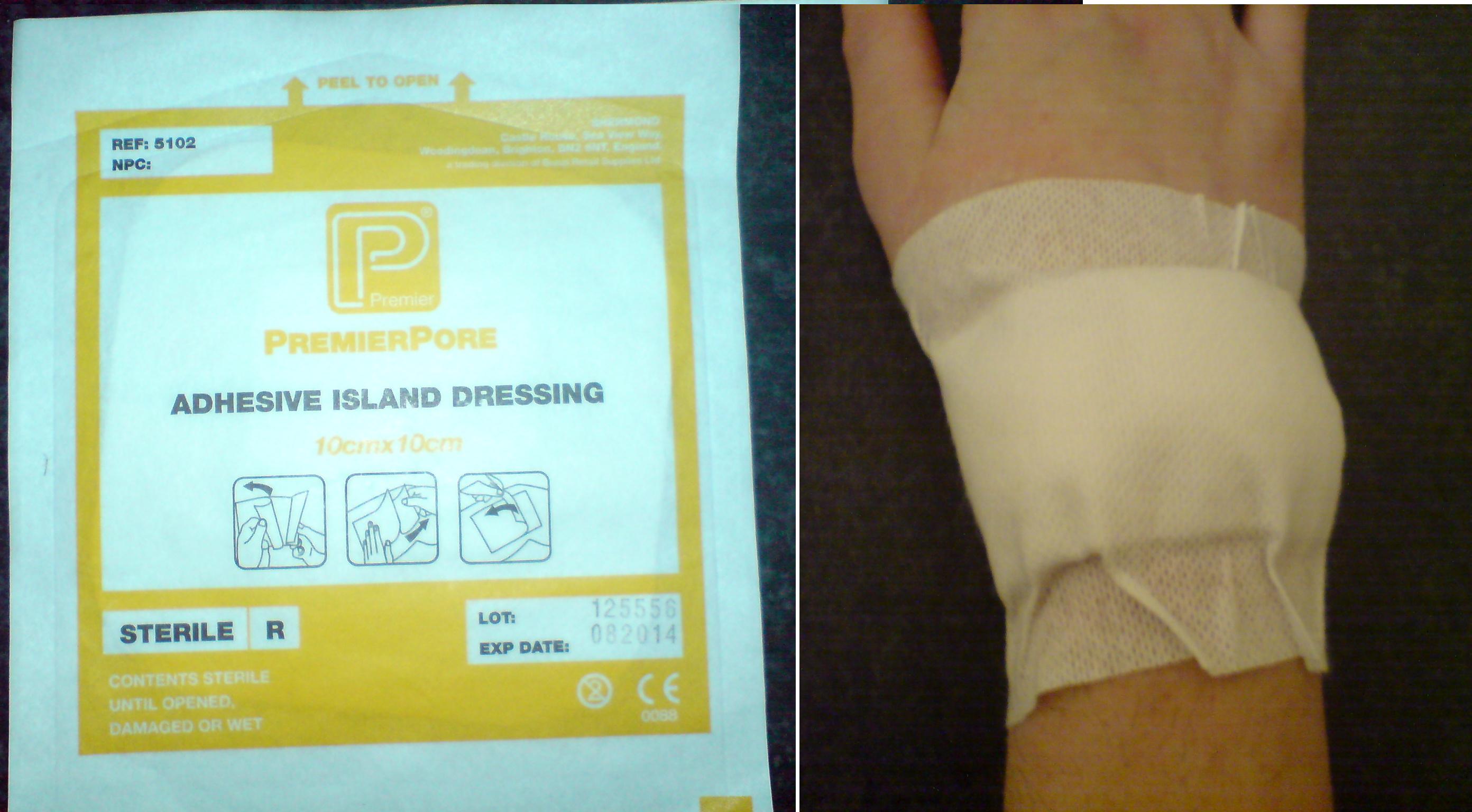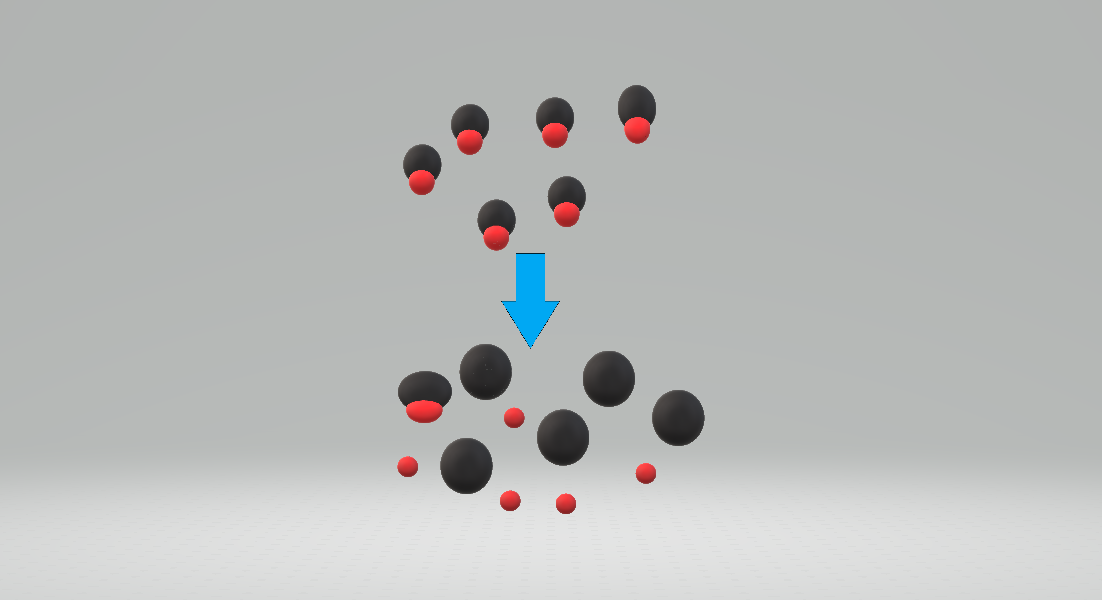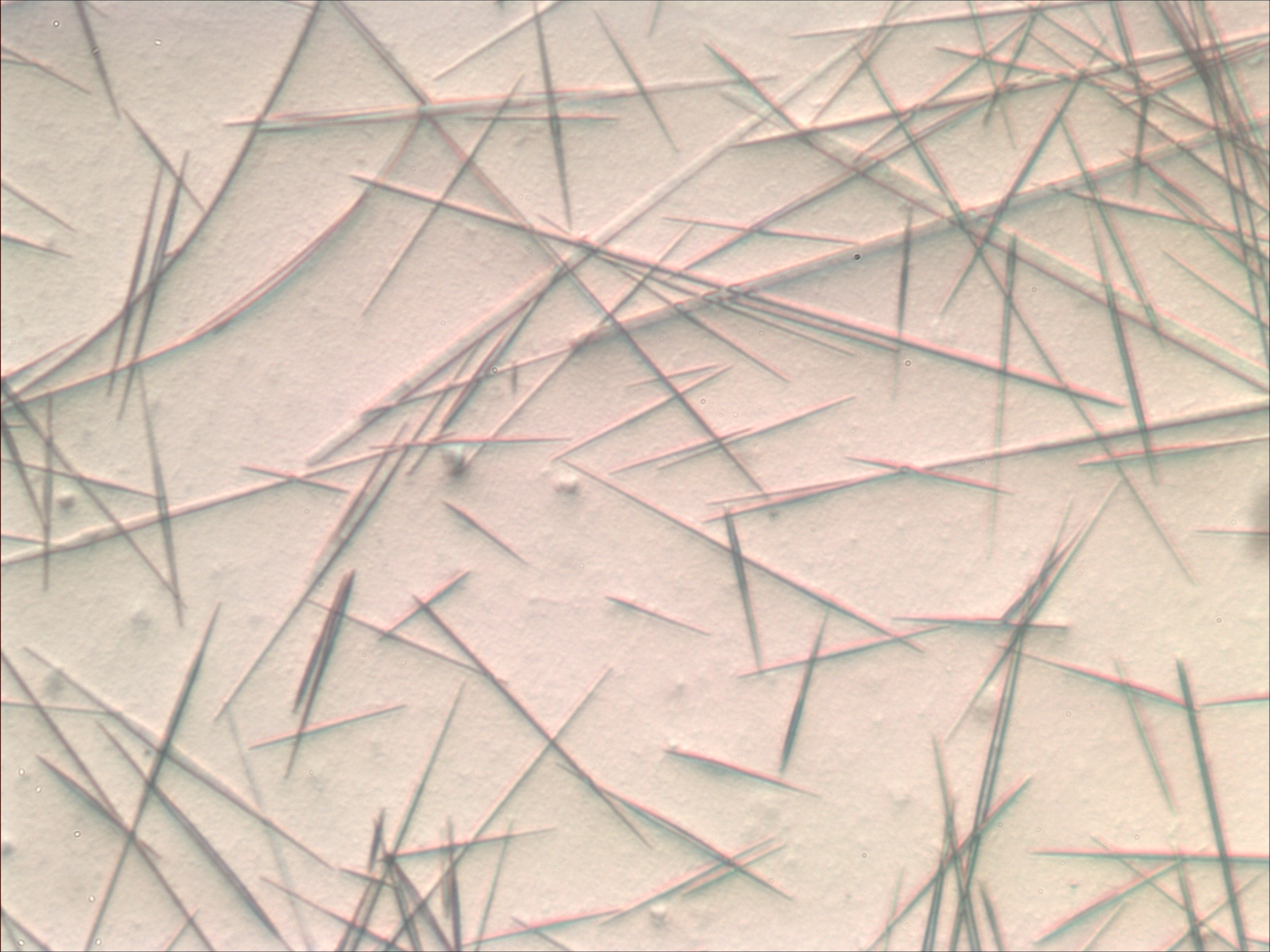|
Zinc Hydroxide
Zinc hydroxide Zn( OH)2 is an inorganic chemical compound. It also occurs naturally as 3 rare minerals: wülfingite (orthorhombic), ashoverite and sweetite (both tetragonal). Like the hydroxides of other metals, such as lead, aluminium, beryllium, tin and chromium, Zinc hydroxide (and Zinc oxide), is amphoteric. Thus it will dissolve readily in a dilute solution of a strong acid, such as HCl, and also in a solution of an alkali such as sodium hydroxide. Preparation It can be prepared by adding sodium hydroxide solution, but not in excess, to a solution of any zinc salt. A white precipitate will be seen: :Zn2+ + 2 OH− → Zn(OH)2. Zn2+ is known to form hexa-aqua ions at high water concentrations and tetra-aqua ions at low concentrations of water Sze, Yu-Keung, and Donald E. Irish. "Vibrational spectral studies of ion-ion and ion-solvent interactions. I. Zinc nitrate in water." Journal of Solution Chemistry 7.6 (1978): 395-415. and, thus, this reaction may be better writt ... [...More Info...] [...Related Items...] OR: [Wikipedia] [Google] [Baidu] |
Ethanol
Ethanol (abbr. EtOH; also called ethyl alcohol, grain alcohol, drinking alcohol, or simply alcohol) is an organic compound. It is an Alcohol (chemistry), alcohol with the chemical formula . Its formula can be also written as or (an ethyl group linked to a hydroxyl group). Ethanol is a Volatility (chemistry), volatile, Combustibility and flammability, flammable, colorless liquid with a characteristic wine-like odor and pungent taste. It is a psychoactive recreational drug, the active ingredient in alcoholic drinks. Ethanol is naturally produced by the fermentation process of Carbohydrate, sugars by yeasts or via Petrochemistry, petrochemical processes such as ethylene hydration. It has medical applications as an antiseptic and disinfectant. It is used as a chemical solvent and in the Chemical synthesis, synthesis of organic compounds, and as a Alcohol fuel, fuel source. Ethanol also can be dehydrated to make ethylene, an important chemical feedstock. As of 2006, world produ ... [...More Info...] [...Related Items...] OR: [Wikipedia] [Google] [Baidu] |
Beryllium Hydroxide
Beryllium hydroxide, Be(OH)2, is an amphoteric hydroxide, dissolving in both acids and alkalis. Industrially, it is produced as a by-product in the extraction of beryllium metal from the ores beryl and bertrandite. The natural pure beryllium hydroxide is rare (in form of the mineral behoite, orthorhombic) or very rare (clinobehoite, monoclinic).Mindat, http://www.mindat.org/min-1066.html When alkali is added to beryllium salt solutions the α-form (a gel) is formed. If this left to stand or boiled, the rhombic β-form precipitates.Mary Eagleson, 1994, Concise encyclopedia chemistry, Walter de Gruyter, This has the same structure as zinc hydroxide, Zn(OH)2, with tetrahedral beryllium centers. Reactions Beryllium hydroxide is difficult to dissolve in water. With alkalis it dissolves to form the tetrahydroxoberyllate/tetrahydroxidoberyllate anion, e(OH)4sup>2−.Egon Wiberg, Arnold Frederick Holleman (2001) ''Inorganic Chemistry'', Elsevier With sodium hydroxide solution: :2 NaOH(a ... [...More Info...] [...Related Items...] OR: [Wikipedia] [Google] [Baidu] |
Surgical Dressings
A dressing is a sterile pad or compress applied to a wound to promote healing and protect the wound from further harm. A dressing is designed to be in direct contact with the wound, as distinguished from a bandage, which is most often used to hold a dressing in place. Many modern dressings are self-adhesive. Medical uses A dressing can have a number of purposes, depending on the type, severity and position of the wound, although all purposes are focused on promoting recovery and protecting from further harm. Key purposes of a dressing are: * Stop bleeding – to help to seal the wound to expedite the clotting process; * Protection from infection – to defend the wound against germs and mechanical damage; * Absorb exudate – to soak up blood, plasma, and other fluids exuded from the wound, containing it/them in one place and preventing maceration; * Ease pain – either by a medicated analgesic effect, compression or simply preventing pain from further trauma; * Debride the ... [...More Info...] [...Related Items...] OR: [Wikipedia] [Google] [Baidu] |
Ammine Complex
In coordination chemistry, metal ammine complexes are metal complexes containing at least one ammonia () ligand. "Ammine" is spelled this way due to historical reasons; in contrast, alkyl or aryl bearing ligands are spelt with a single "m". Almost all metal ions bind ammonia as a ligand, but the most prevalent examples of ammine complexes are for Cr(III), Co(III), Ni(II), Cu(II) as well as several platinum group metals.A. von Zelewsky "Stereochemistry of Coordination Compounds" John Wiley: Chichester, 1995. . History Ammine complexes played a major role in the development of coordination chemistry, specifically determination of the stereochemistry and structure. They are easily prepared, and the metal-nitrogen ratio can be determined by elemental analysis. Through studies mainly on the ammine complexes, Alfred Werner developed his Nobel Prize-winning concept of the structure of coordination compounds (see Figure). One of the first ammine complexes to be described was Magnus' green ... [...More Info...] [...Related Items...] OR: [Wikipedia] [Google] [Baidu] |
Ammonia
Ammonia is an inorganic compound of nitrogen and hydrogen with the formula . A stable binary hydride, and the simplest pnictogen hydride, ammonia is a colourless gas with a distinct pungent smell. Biologically, it is a common nitrogenous waste, particularly among aquatic organisms, and it contributes significantly to the nutritional needs of terrestrial organisms by serving as a precursor to 45% of the world's food and fertilizers. Around 70% of ammonia is used to make fertilisers in various forms and composition, such as urea and Diammonium phosphate. Ammonia in pure form is also applied directly into the soil. Ammonia, either directly or indirectly, is also a building block for the synthesis of many pharmaceutical products and is used in many commercial cleaning products. It is mainly collected by downward displacement of both air and water. Although common in nature—both terrestrially and in the outer planets of the Solar System—and in wide use, ammonia is both caust ... [...More Info...] [...Related Items...] OR: [Wikipedia] [Google] [Baidu] |
Zincate Ion
In chemistry the term zincate may refer to several substances containing the element zinc: * usually the anion ZnO22−, more properly called tetrahydroxozincate or salts thereof, such as sodium zincate . * the polymeric anion n(OH)3−and its salts, for example NaZn(OH)3· H2O. * an oxide containing zinc and a less electronegative element e.g. Na2ZnO2. In the health supplement industry zincate may also mean a commercially available zinc supplement, typically formulated as zinc sulfate. Solutions prepared from dissolving zinc hydroxide or zinc oxide in a strong alkali like sodium hydroxide, which contains various zincate anions, are used in the metal plating industry, in processes such as immersion zinc plating and electroplating (electrogalvanization). Any of these techniques may be called zincate process. Inorganic compound nomenclature In the naming of inorganic compounds, "-zincate" is a suffix that indicates that a polyatomic anion contains a central zinc atom. Examples ... [...More Info...] [...Related Items...] OR: [Wikipedia] [Google] [Baidu] |
Sodium Hydroxide
Sodium hydroxide, also known as lye and caustic soda, is an inorganic compound with the formula NaOH. It is a white solid ionic compound consisting of sodium cations and hydroxide anions . Sodium hydroxide is a highly caustic base and alkali that decomposes proteins at ordinary ambient temperatures and may cause severe chemical burns. It is highly soluble in water, and readily absorbs moisture and carbon dioxide from the air. It forms a series of hydrates . The monohydrate crystallizes from water solutions between 12.3 and 61.8 °C. The commercially available "sodium hydroxide" is often this monohydrate, and published data may refer to it instead of the anhydrous compound. As one of the simplest hydroxides, sodium hydroxide is frequently used alongside neutral water and acidic hydrochloric acid to demonstrate the pH scale to chemistry students. Sodium hydroxide is used in many industries: in the manufacture of pulp and paper, textiles, drinking water, soaps and deterge ... [...More Info...] [...Related Items...] OR: [Wikipedia] [Google] [Baidu] |
Strong Acid
Acid strength is the tendency of an acid, symbolised by the chemical formula HA, to dissociate into a proton, H+, and an anion, A-. The dissociation of a strong acid in solution is effectively complete, except in its most concentrated solutions. :HA -> H+ + A- Examples of strong acids are hydrochloric acid (HCl), perchloric acid (HClO4), nitric acid (HNO3) and sulfuric acid (H2SO4). A weak acid is only partially dissociated, with both the undissociated acid and its dissociation products being present, in solution, in equilibrium with each other. :HA H+ + A- Acetic acid (CH3COOH) is an example of a weak acid. The strength of a weak acid is quantified by its acid dissociation constant, K_\ce value. The strength of a weak organic acid may depend on substituent effects. The strength of an inorganic acid is dependent on the oxidation state for the atom to which the proton may be attached. Acid strength is solvent-dependent. For example, hydrogen chloride is a strong acid in ... [...More Info...] [...Related Items...] OR: [Wikipedia] [Google] [Baidu] |
Amphoteric
In chemistry, an amphoteric compound () is a molecule or ion that can react both as an acid and as a base. What exactly this can mean depends on which definitions of acids and bases are being used. One type of amphoteric species are amphiprotic molecules, which can either donate or accept a proton (). This is what "amphoteric" means in Brønsted–Lowry acid–base theory. Examples include amino acids and proteins, which have amine () and carboxylic acid () groups, and self-ionizable compounds such as water. Ampholytes are amphoteric molecules that contain both acidic and basic functional groups. For example, an amino acid has both a basic group and an acidic group , and exists as several structures in chemical equilibrium: :H2N-RCH-CO2H + H2O H2N-RCH-COO- + H3O+ H3N+-RCH-COOH + OH- H3N+-RCH-COO- + H2O In approximately neutral aqueous solution (pH ≅ 7), the basic amino group is mostly protonated and the carboxylic acid is mostly deprotonated, so that the predominant spec ... [...More Info...] [...Related Items...] OR: [Wikipedia] [Google] [Baidu] |
Chromium Hydroxide
Chromium(III) hydroxide is a gelatinous green inorganic compound with the chemical formula . It is a polymer with an undefined structure and low solubility. It is amphoteric, dissolving in both strong alkalis and strong acids. : In alkali: Cr(OH)3 + OH- -> CrO2- + 2 H2O : In acid: Cr(OH)3(OH2)3 + 3 H+ -> Cr(OH2)6^3+ It is used as a pigment, as a mordant, and as a catalyst for organic reactions. It is manufactured by adding a solution of ammonium hydroxide Ammonia solution, also known as ammonia water, ammonium hydroxide, ammoniacal liquor, ammonia liquor, aqua ammonia, aqueous ammonia, or (inaccurately) ammonia, is a solution of ammonia in water. It can be denoted by the symbols NH3(aq). Although ... to a solution of chromium salt. Pure is as yet (2020) unknown among the mineral species. However, three natural polymorphs of the oxyhydroxide, CrO(OH), are known: bracewellite, grimaldiite and guyanaite. References Chromium(III) compounds Hydroxides Chromium–oxy ... [...More Info...] [...Related Items...] OR: [Wikipedia] [Google] [Baidu] |
Tin Dioxide
Tin(IV) oxide, also known as stannic oxide, is the inorganic compound with the formula SnO2. The mineral form of SnO2 is called cassiterite, and this is the main ore of tin. With many other names, this oxide of tin is an important material in tin chemistry. It is a colourless, diamagnetic, amphoteric solid. Structure Tin(IV) oxide crystallises with the rutile structure. As such the tin atoms are six coordinate and the oxygen atoms three coordinate. SnO2 is usually regarded as an oxygen-deficient n-type semiconductor. Hydrous forms of SnO2 have been described as stannic acid. Such materials appear to be hydrated particles of SnO2 where the composition reflects the particle size. Preparation Tin(IV) oxide occurs naturally. Synthetic tin(IV) oxide is produced by burning tin metal in air. Annual production is in the range of 10 kilotons. SnO2 is reduced industrially to the metal with carbon in a reverberatory furnace at 1200–1300 °C. Amphoterism Although SnO2 is insoluble ... [...More Info...] [...Related Items...] OR: [Wikipedia] [Google] [Baidu] |
Aluminium Hydroxide
Aluminium hydroxide, Al(OH)3, is found in nature as the mineral gibbsite (also known as hydrargillite) and its three much rarer polymorphs: bayerite, doyleite, and nordstrandite. Aluminium hydroxide is amphoteric, i.e., it has both basic and acidic properties. Closely related are aluminium oxide hydroxide, AlO(OH), and aluminium oxide or alumina (Al2O3), the latter of which is also amphoteric. These compounds together are the major components of the aluminium ore bauxite. Aluminium hydroxide also forms a gelatinous precipitate in water. Structure Al(OH)3 is built up of double layers of hydroxyl groups with aluminium ions occupying two-thirds of the octahedral holes between the two layers. Four polymorphs are recognized. All feature layers of octahedral aluminium hydroxide units, with hydrogen bonds between the layers. The polymorphs differ in terms of the stacking of the layers. All forms of Al(OH)3 crystals are hexagonal : *gibbsite is also known as γ-Al(OH)3 or α-Al(OH) ... [...More Info...] [...Related Items...] OR: [Wikipedia] [Google] [Baidu] |


-3D-balls.png)
-3D-balls.png)



